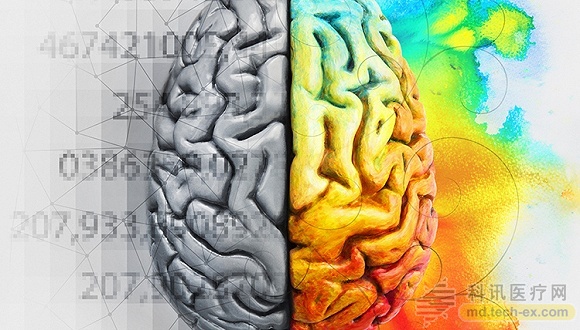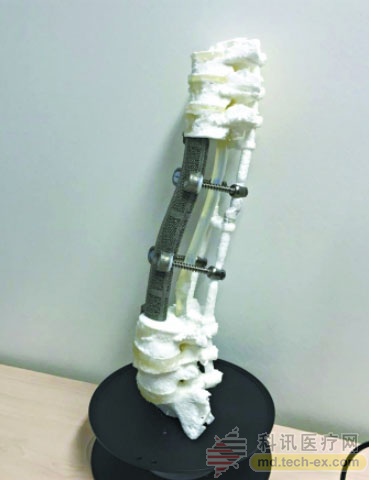Release date: 2016-07-13 With the advent and maturity of 3D printing technology, its application range is becoming more and more extensive. In addition to the construction, aerospace, automotive, dental and medical industries, 3D printing is also beginning to be used in the medical field. According to Hudi Lipson, a bioengineer at Cornell University in the United States, the highest stage of 3D printing in the future is bio-printing, which uses human tissue or stem cells to make raw materials and print out the same organs as the human body. The US "Popular Science" counts five human organs that can be manufactured through 3D bioprinting, including ears, kidneys, blood vessels, skin grafts and bones, but has not yet been put into clinical use on a large scale. First, the scientist needs to perform a CT scan on the patient to obtain accurate image data of various parts of the patient's body; then analyze the result by computer software and make a "product map"; then print it out and put it into the incubator. So that the cells and cells can "fused" with each other; the printed tissue structure can be directly implanted into the patient, and the cells are recombined and differentiated under the control of growth factors, eventually forming new tissues and organs. 3D bioprinting process schematic. Image source: Institute of Genetics and Developmental Biology, Chinese Academy of Sciences According to the British "Daily Mail" report, plastic surgeons at the Morriston Hospital in Wales, UK, are developing a new approach: using the patient's own cells for 3D printing of organs. “We are trying to use human cells to print creatures and provide the right environment and the right time to grow into tissue that can be placed in the body. It will rebuild parts of the body that are missing, such as the nose or part of the ear, and ultimately Larger parts such as bones, muscles and blood vessels can be reconstructed," said Professor Iain Whitaker of the hospital. He said that once the research is successful, after directly implanting the 3D printed product, a new body part will be generated within two months, even without cutting the bad part from the patient's body and implanting it, so that many incurable diseases Will be expected to receive treatment. Taking 3D bio-printing ears as an example, the bioengineers at Cornell University in the United States used a 3D scan of a child's ear to design a seven-part model with the help of a SolidWorks computer-aided design (CAD) program. These parts were printed separately; a high-density gel was then poured into the model, and after 15 minutes the resulting "ears" were removed and incubated in a cell culture dish. After 3 months, the culture was incubated. The "ear" will replace the original ear. 3D printing process diagram of the ear. Image source: British Science Network Peking University Third Hospital announced on June 15 this year that using metal 3D printing technology, it took about six and a half hours for Mr. Yuan, who has chordoma, to successfully implant the world's first metal 3D printing custom 19 cm long artificial spine. Replace the 5 spines that were previously completely removed. The patient's postoperative vital signs were stable and the amount of bleeding was small. Metal 3D printed custom artificial spine. Image source: Beijing Third Hospital official website "Successfully fitted with artificial spine, you can work and live like ordinary people in the future." Liu Zhongjun, head of the research team of 3D printed artificial vertebral bodies (collectively referred to as metal 3D printed human implants). In May of this year, the State Food and Drug Administration approved the registration of China's first metal 3D printed human implant - artificial vertebral body. He also explained that the speciality of the artificial vertebral body is that it can be made into a spongy microporous structure, similar to the trabecular bone in the human bone (that is, the extension of the cortical bone in the cancellous bone). With this "trabecular bone", bone cells in adjacent normal vertebrae can grow into it, ultimately achieving bone fusion. The printing principle of 3D bioprinting and metal printing is essentially the same. The difference is that the bioprinter differs in that biomaterials are used, in which active components such as cells and growth factors can be combined to construct living tissue layer by layer. According to statistics from the National Family Planning Commission of China in 2014, the average number of patients requiring organ transplants per year in China is more than 300,000, but it can be less than 1 in 30. Every day, 20 patients who are waiting for the death of the organ are not available in time. People's Daily reported that in 2015, the 3D printed artificial vertebral body research team developed a 3D printed artificial hip joint product. At present, China's approved 3D printed human implant products are only artificial spine and artificial hip joints. The contrast between a real human hip and a 3D printed hip. Image source: People's Network Before the development of this product, a set of domestic artificial hip joints needs about 20,000 yuan, the average imported artificial hip joints are between 30,000 and 40,000 yuan. At present, the price of general 3D printed artificial hip joints is about 15,000, and patients Can be used for 20 years. Source: Interface Eas System ,Eas Rfid,Eas Detection System,Eas Am System ZHEJIANG BOSHINE ELECTRONIC SECURITY CO.,LTD , https://www.cnboshine.com



